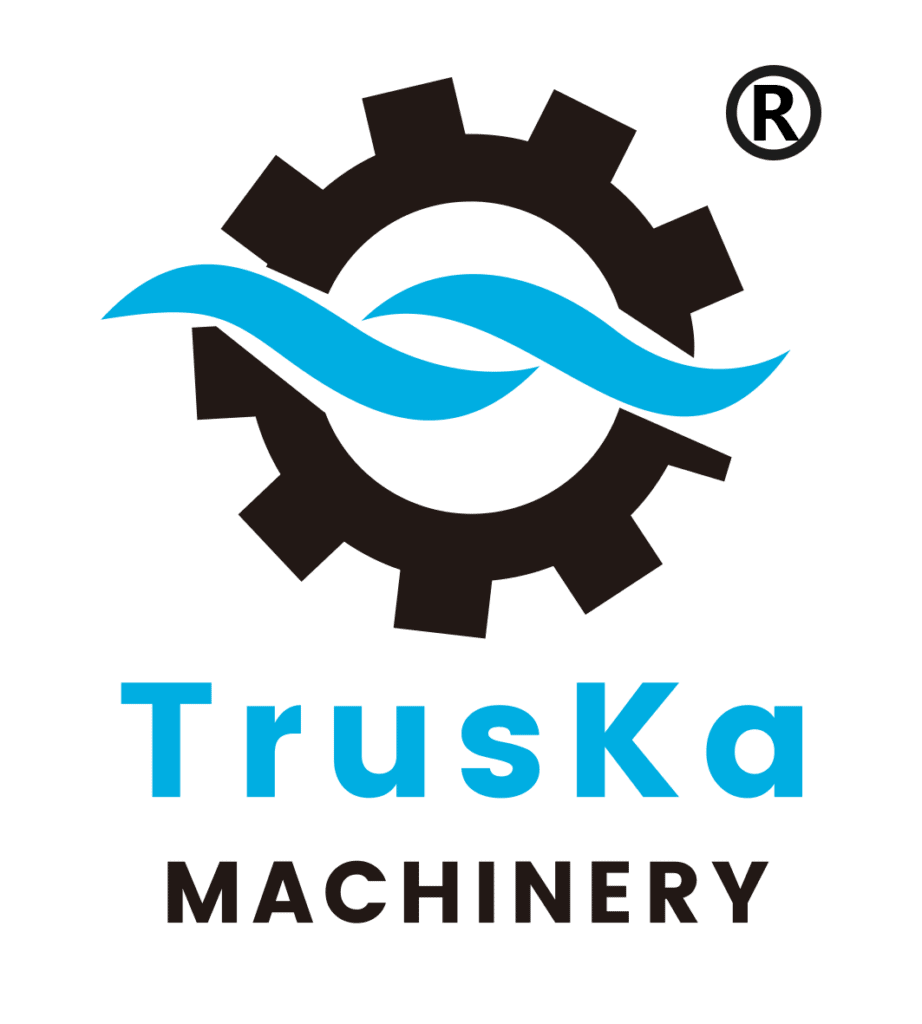Irrigation pumps are manufactured in a wide range of designs including Centrifugal, Submersible, Jet and propeller models.
They are used in domestic lawn sprinkling and water boosting applications as well as in large-scale agriculture and fire prevention.
Irrigation pumps can draw on a municipal water supply or natural source such as a lake or pond and are available in electric or gas-fueled models.
Properly sizing an irrigation pump involves measuring your water source pressure (KW) against the flow (m3/h) and Head requirements of your watering system and selecting the pump that will most efficiently connect the former to the latter.
There are a number of on-line tutorials available to those interested in designing a basic irrigation system that is compatible with local water resources. Professional irrigation services are an option for applications with complex requirements. When it comes to selecting the pump at the center of the equation, pump curves are a good place to start.
Irrigation Pump Curve Pump curves are issued by pump manufacturers to illustrate a pump’s performance over a range of pressures and flows in meter of head and power.
The shape of a pump curve varies according a pump’s design. Pump efficiency is maximal at a particular combination of discharge and head and then drops below the maximum as the discharge rate increases.
The objective is to select the pump with highest efficiency at the flow rate and pressure conditions required by your system.
As a general rule, pumps with electric motors are driven at either 1750 or 3500 rpm (½ to 2 hp). Models driven at 1750 rpm are capable of lower head but higher discharge than those driven at 3500 rpm.
Irrigation pump types
- Centrifugal Pump are commonly used for domestic irrigation because they can draw on water sources ranging from a municipal water supply to a creek and can deliver constant flow rates under a wide range of conditions. They move water through suction force generated by a rapidly spinning impeller and must be filled with water to remove air, or primed, in order to operate.
- Submersible Pump operate underwater, often pushing water up from inside a well, and are commonly used in pressure boosting applications. What they lack in versatility they make up for in efficiency. Submersible pumps do not need to be primed and run quietly.
- Jet Pump are terrestrial pumps with submersible components that make them ideal for applications with fluctuating water levels. A jet pump operates by directing water down an intake to cause water lift. Jet pumps do not need to be primed.
- Propeller Pump use a propeller to move large amounts of water at low heads. Propeller pumps are among the smallest irrigation pumps.






